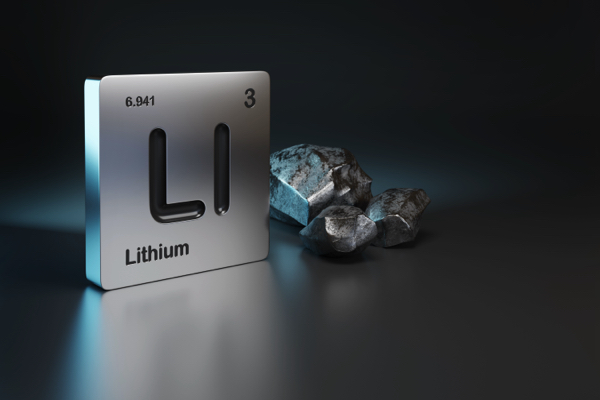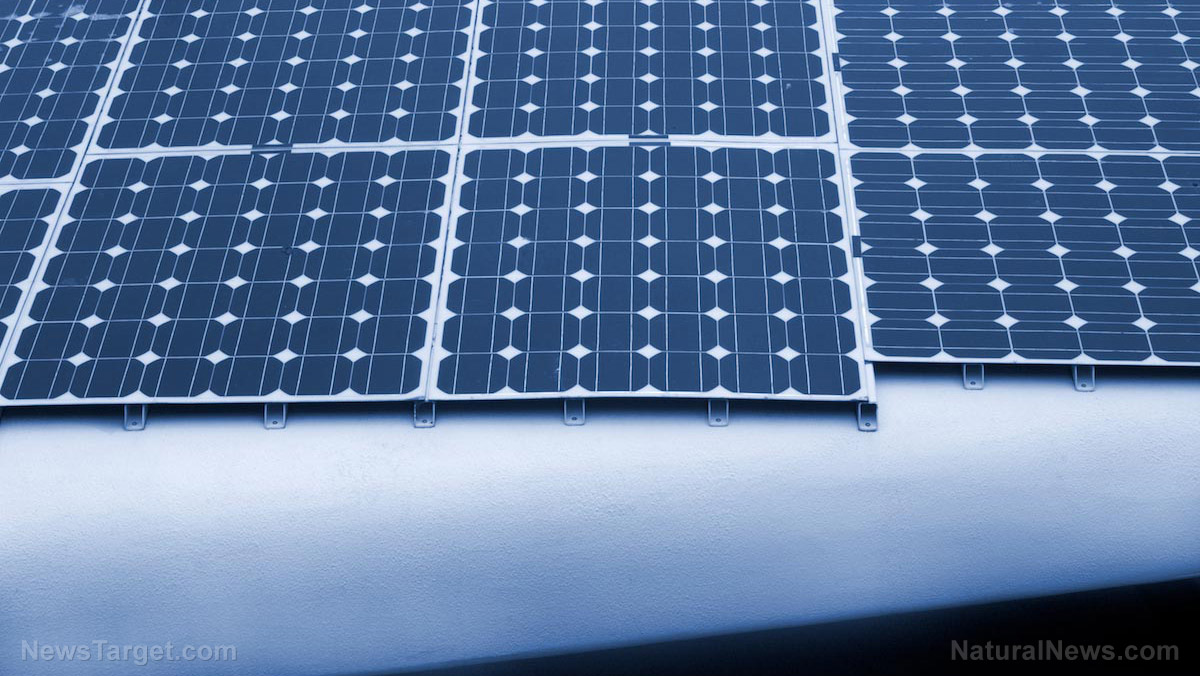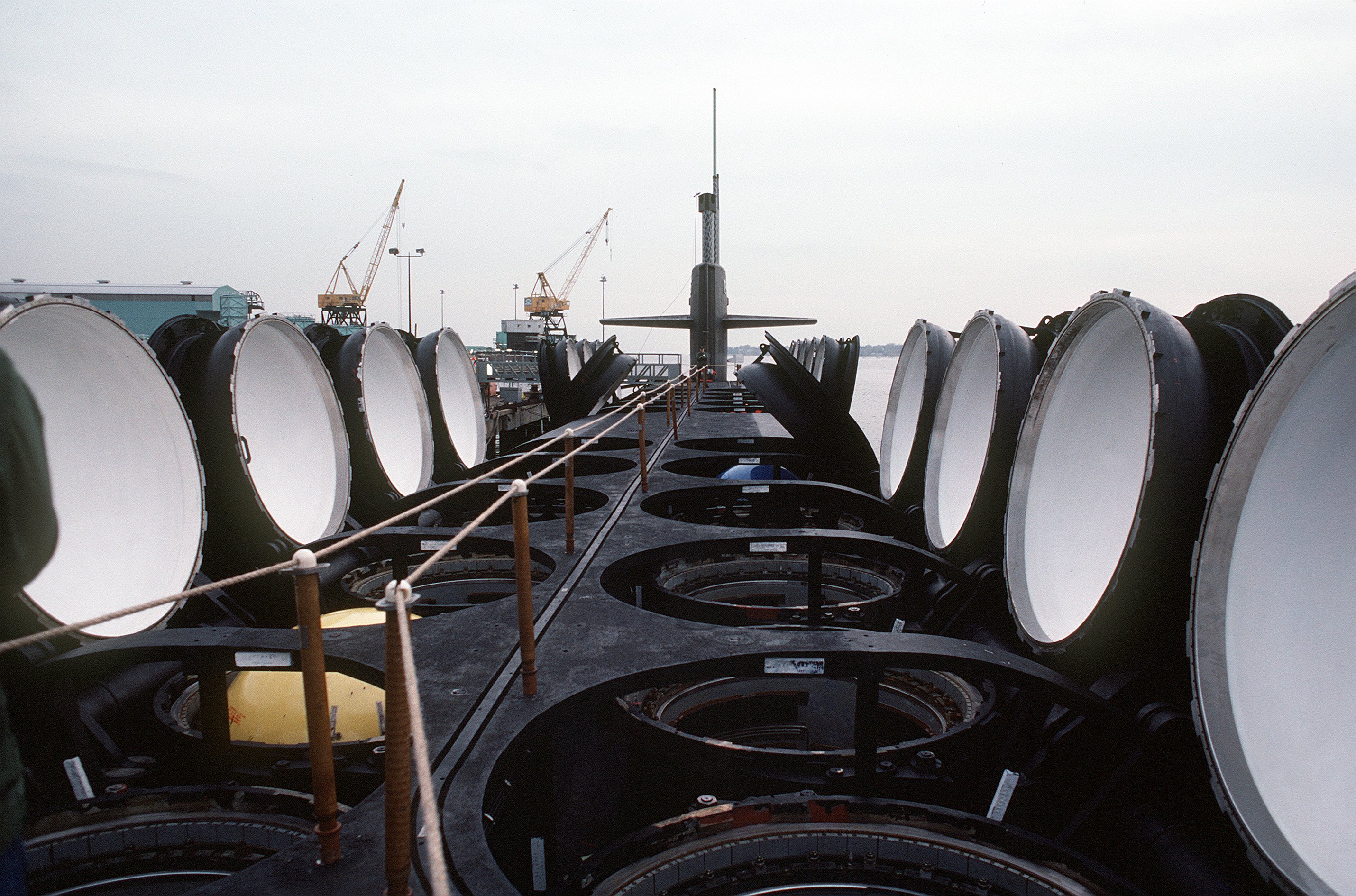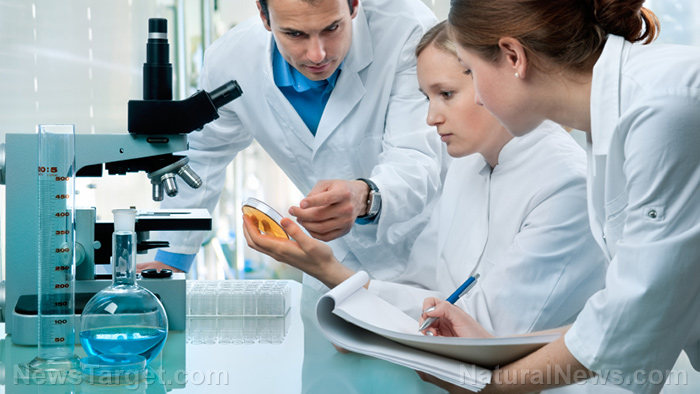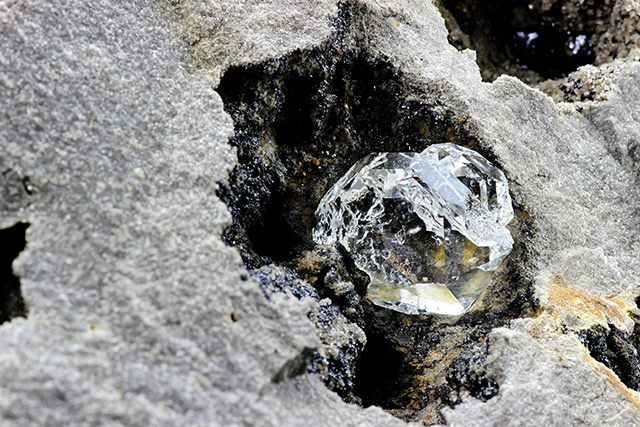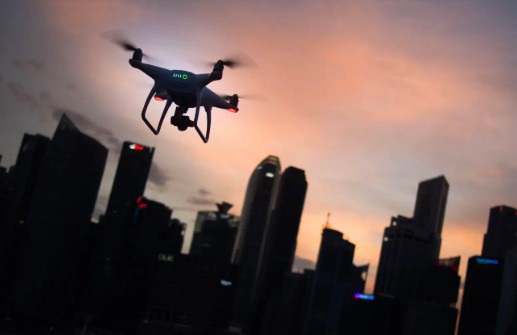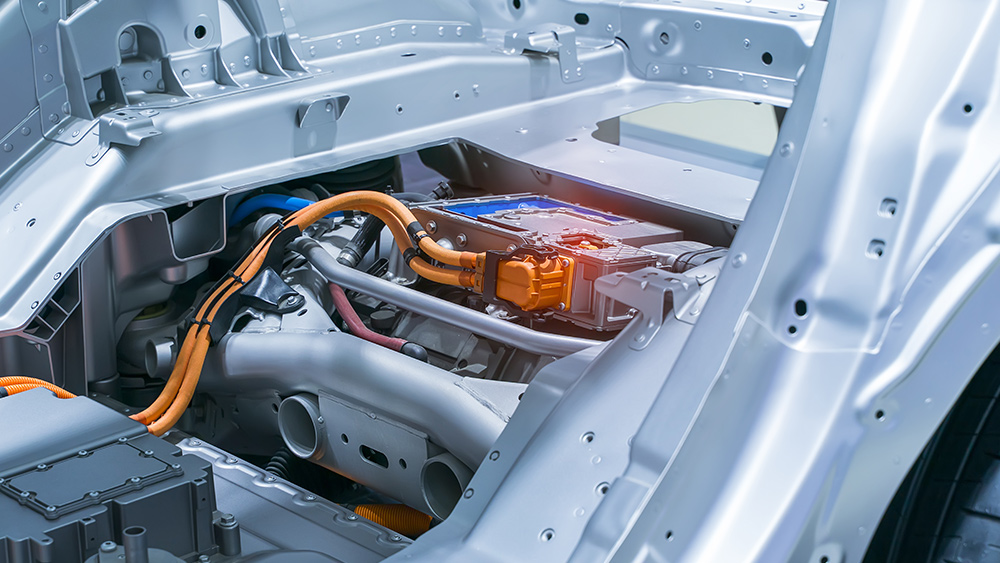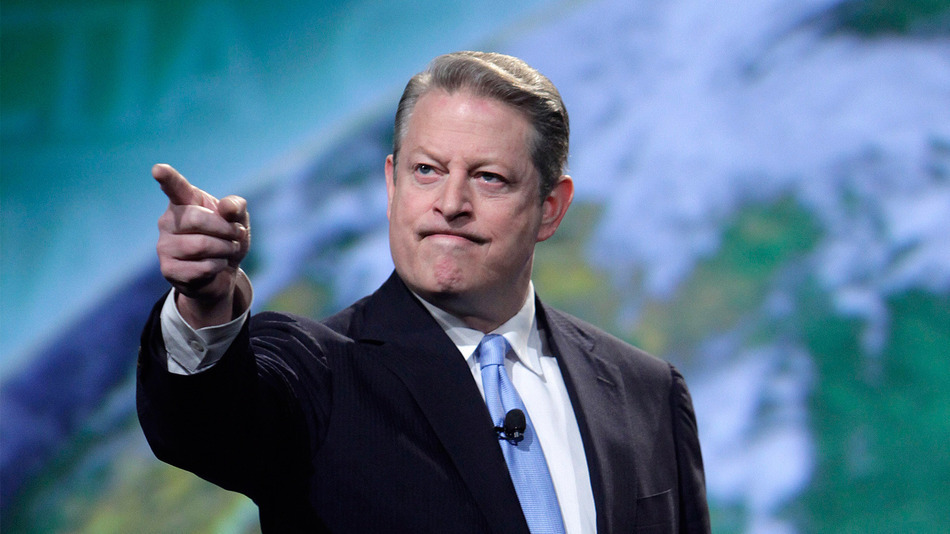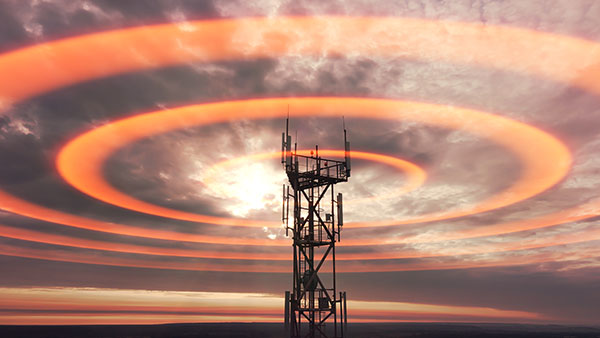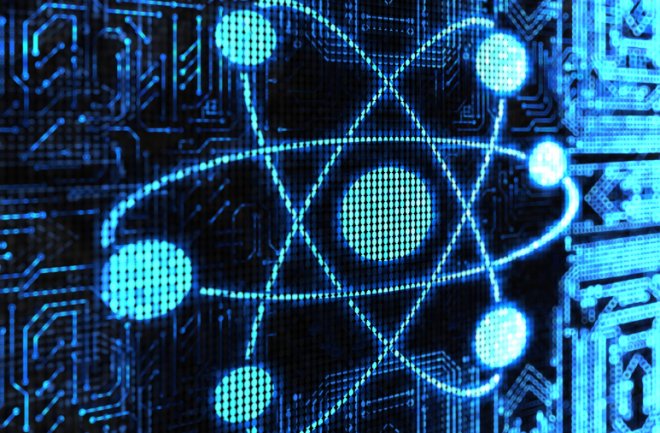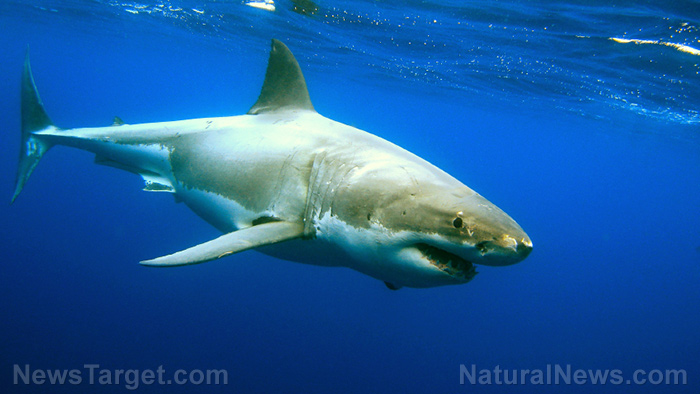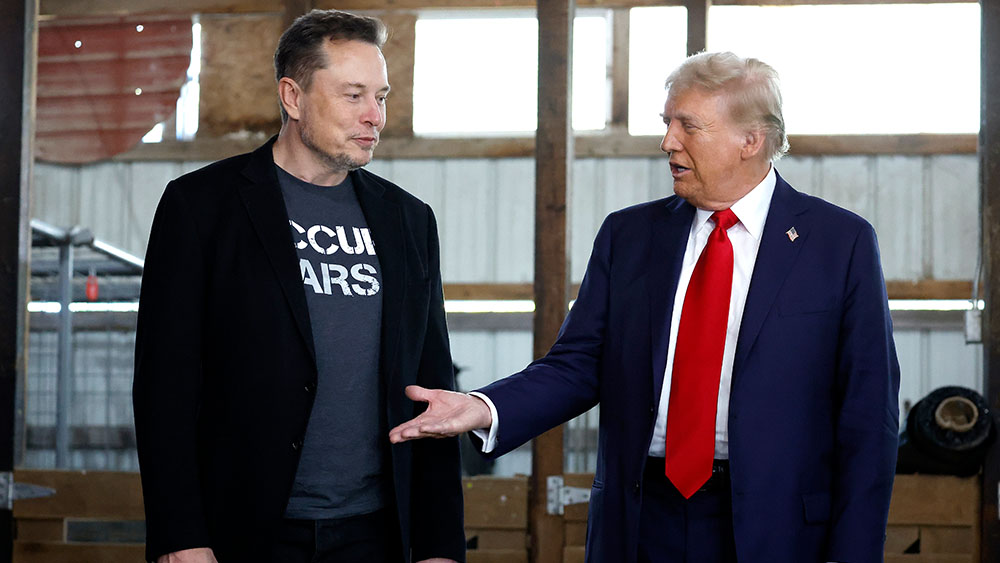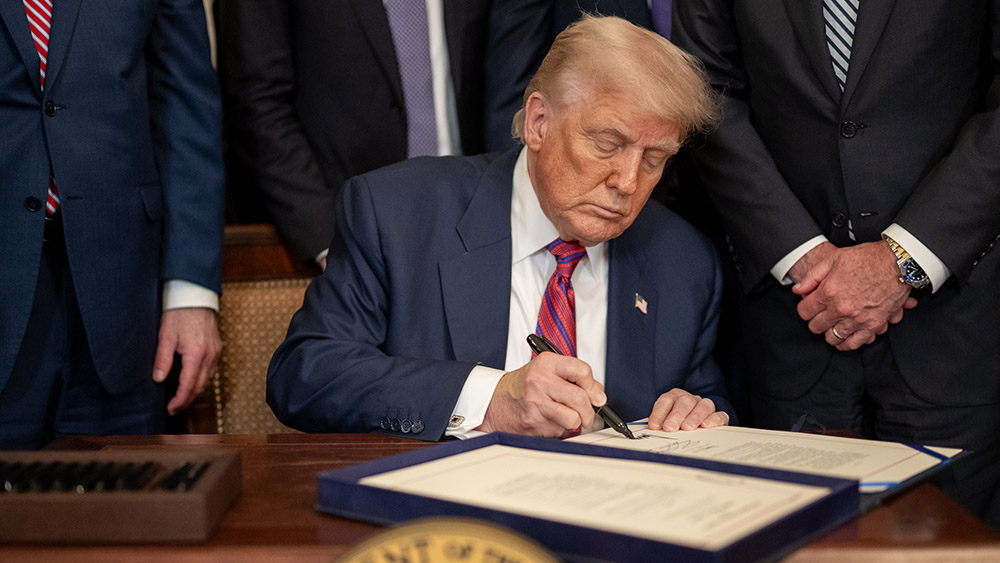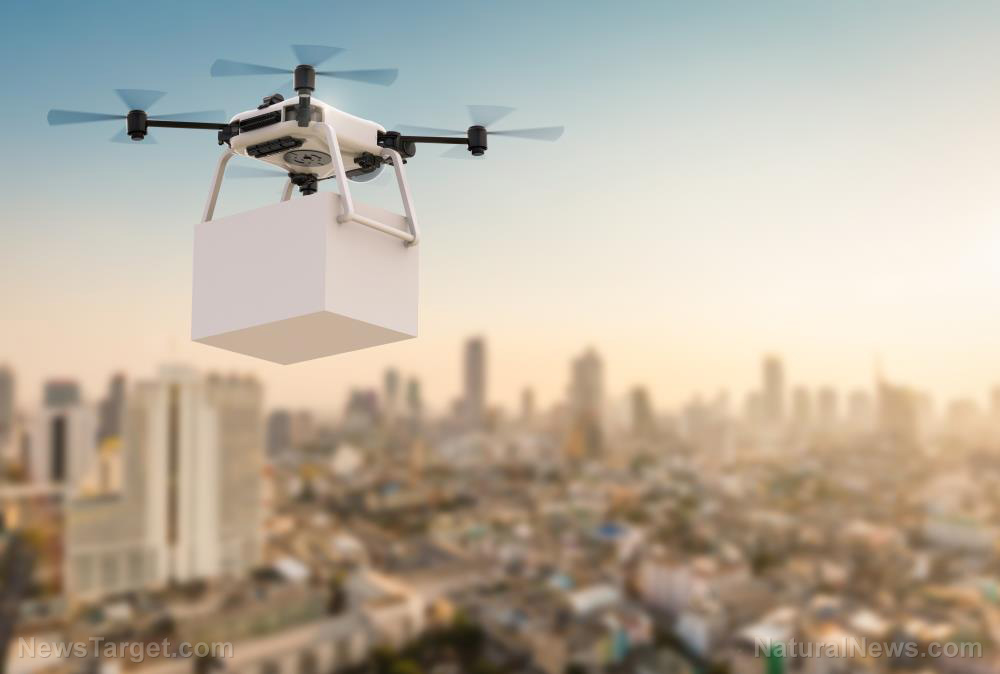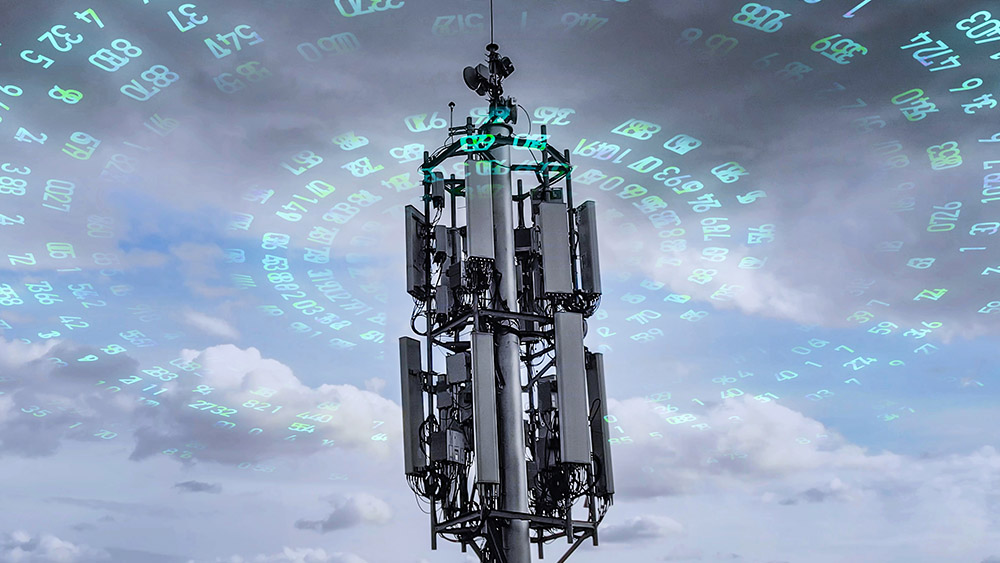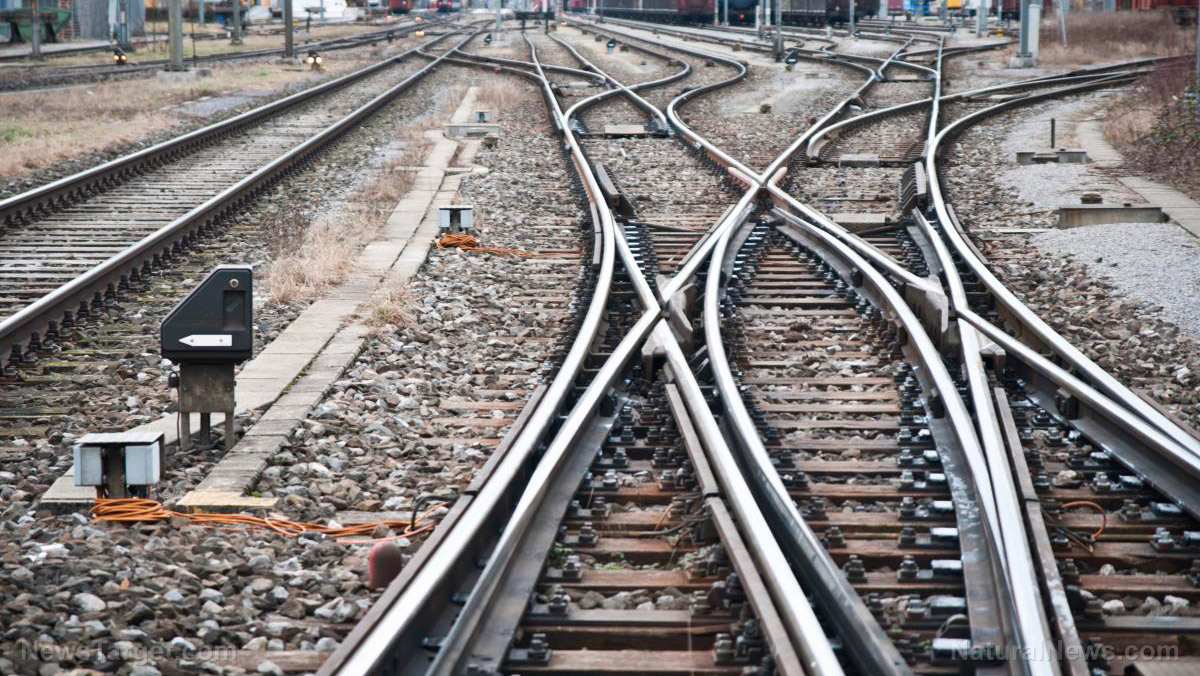A $51 million lawsuit against Tesla spotlights the human cost of the automation revolution
09/30/2025 / By Ava Grace
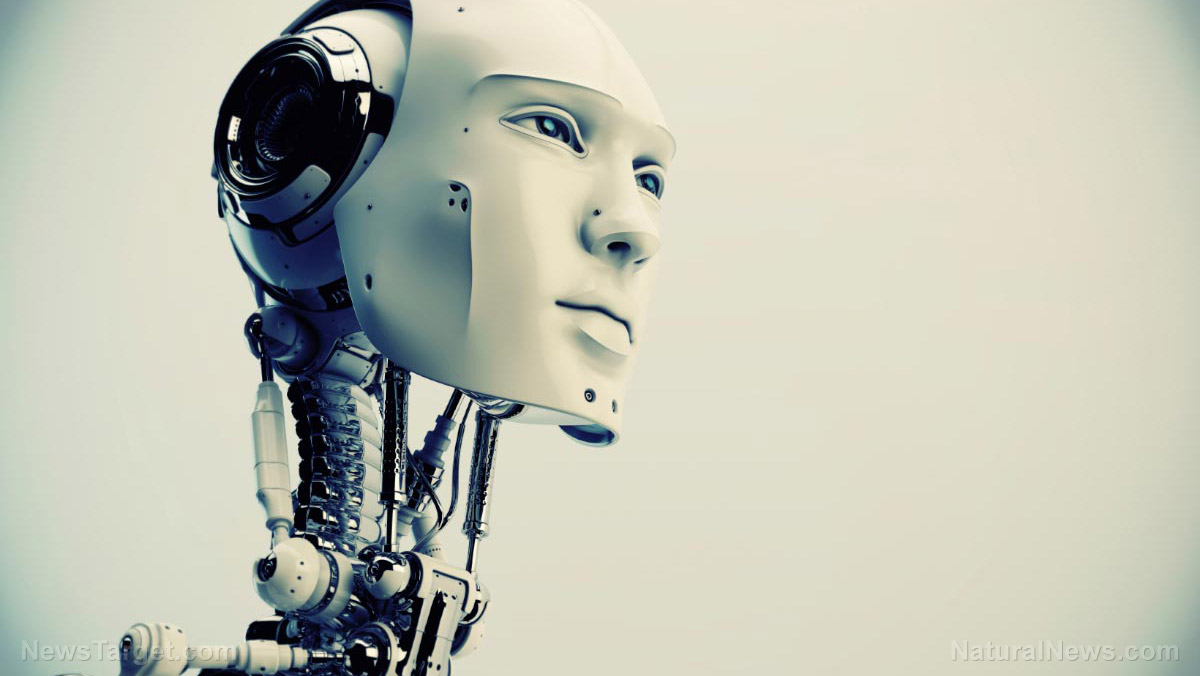
- A Tesla robotics technician, Peter Hinterdobler, is suing Tesla and robotics supplier FANUC for $51 million after a malfunctioning robot allegedly struck him with immense force, causing severe injuries and knocking him unconscious.
- The incident occurred in July 2023 at Tesla’s Fremont factory while Hinterdobler was assisting with the disassembly of a robot that was not properly de-energized or secured, according to the lawsuit.
- The lawsuit alleges specific negligence, claiming Tesla failed to ensure a safe workplace and has since denied the technician access to video footage of the accident while implementing new safety protocols for the robot in question.
- Tesla is seeking to have the case dismissed, arguing it should be handled through the workers’ compensation system, which would limit potential damages, setting the stage for a legal battle over allegations of gross negligence.
- The case is framed as a critical test for accountability in automated manufacturing, questioning whether safety standards are keeping pace with technological innovation, especially within a factory with a history of workplace controversies.
A Tesla robotics technician is pursuing a $51 million lawsuit against the electric vehicle giant and a robotics supplier. The technician alleges that a malfunctioning industrial robot attacked him without warning, causing severe injuries and exposing what he claims are critical safety failures at the heart of the company’s automated production line.
The incident involves Peter Hinterdobler, a 50-year-old employee at Tesla’s Fremont, California factory. According to a civil complaint filed in California, the accident occurred in July 2023 while Hinterdobler was assisting an engineer in disassembling a large robot. The lawsuit contends that the machine’s powerful arm suddenly released with immense force, striking Hinterdobler and throwing him to the concrete floor, where he lost consciousness.
The legal filing describes a terrifying scene. The robot in question was not in its standard operational location on the Model 3 production line but had been moved to another area for service. As the engineer worked on the machine, its arm allegedly activated.
The force was compounded by the weight of an 8,000-pound counterbalance, a massive weight used to stabilize the robot’s movements. The combined impact knocked Hinterdobler unconscious and left him with significant injuries. (Related: Tesla factory robot reportedly ATTACKS worker in violent malfunction that left “trail of blood.”)
The financial and personal toll on Hinterdobler is a central pillar of the lawsuit. To date, he claims to have accumulated $1 million in medical expenses for treatments related to the incident.
His legal team projects that future necessary medical care will cost at least an additional $6 million. The $51 million damages sought cover not only these medical bills but also compensation for alleged lost wages, immense pain and suffering, emotional distress and a reduced capacity to earn a living in the future.
Hinterdobler’s complaint levels specific charges of negligence against both defendants. It alleges that Tesla failed in its fundamental duty to ensure a safe workplace.
The suit claims the robot was not properly de-energized – meaning its power source was not safely disconnected – and secured before Hinterdobler began working on it. Furthermore, the complaint states that the location where the disassembly occurred was not designed for such hazardous work.
The lawsuit also points to what it suggests is a tacit admission of fault by Tesla. It claims that after the incident, the company implemented new rigging and safety protocols specifically for the type of robot that injured Hinterdobler. Adding to the controversy, the technician alleges that Tesla possesses video footage of the accident but has repeatedly denied him and his attorneys access to it.
Tesla’s troubled Fremont facility
The Fremont factory – which employs thousands of workers to produce Tesla’s Model S, Model 3, Model X and Model Y vehicles – has a history of workplace controversies. The U.S. Equal Employment Opportunity Commission is currently suing Tesla over allegations of widespread and severe racial harassment at the plant. Other lawsuits from former employees have described a chaotic environment, including claims of physical altercations and inadequate responses to serious misconduct.
This context paints a picture of a high-pressure production environment where safety protocols may be compromised. The lawsuit against Tesla and FANUC suggests that the push for rapid innovation and production, a hallmark of CEO Elon Musk’s companies, may sometimes come at the expense of worker safety.
“The automation revolution is the impending, large-scale transformation of work and the economy through the integration of advanced technologies like AI and robotics,” said Brighteon.AI‘s Enoch. “It will automate complex tasks currently performed by humans across most industries, from manufacturing to cognitive work. This shift promises significant gains in productivity but also poses major challenges for the workforce and societal structures.”
The legal response from Tesla has been to seek a dismissal of the case. The company’s lawyers argue that the matter should be handled exclusively through California’s workers’ compensation system, which is designed to cover workplace injuries without the need for litigation, but also caps the damages an employee can receive. This move is a common first step by employers in such lawsuits, setting the stage for a protracted legal battle over whether gross negligence, which can bypass workers’ comp limits, occurred.
This lawsuit transcends a single worker’s injury. It serves as a critical test case for accountability in the age of advanced automation. As corporations like Tesla increasingly bet their futures on robotics and AI, the case brought by Hinterdobler demands a sobering examination of whether safety standards are keeping pace with technological ambition.
Watch as the Health Ranger Mike Adams discusses with John Roy the role of AI and robots.
This video is from the Brighteon Highlights channel on Brighteon.com.
More related stories:
Tesla plans to launch humanoid robots next year, says Elon Musk.
Walmart converting 65% of its stores to “automation” – human employees will be let go.
In two decades half of all jobs predicted to be lost to automation.
Sources include:
Submit a correction >>
Tagged Under:
accident, accountability, automated manufacturing, automation, Dangerous, elon musk watch, Fanuc, Fremont facility, Glitch, gross negligence, lawsuit, Peter Hinterdobler, racial harassment, robotics, robots, safety protocols, technological innovation, tesla
This article may contain statements that reflect the opinion of the author
RECENT NEWS & ARTICLES
COPYRIGHT © 2017 FUTURETECH.NEWS
All content posted on this site is protected under Free Speech. FutureTech.news is not responsible for content written by contributing authors. The information on this site is provided for educational and entertainment purposes only. It is not intended as a substitute for professional advice of any kind. FutureTech.news assumes no responsibility for the use or misuse of this material. All trademarks, registered trademarks and service marks mentioned on this site are the property of their respective owners.

